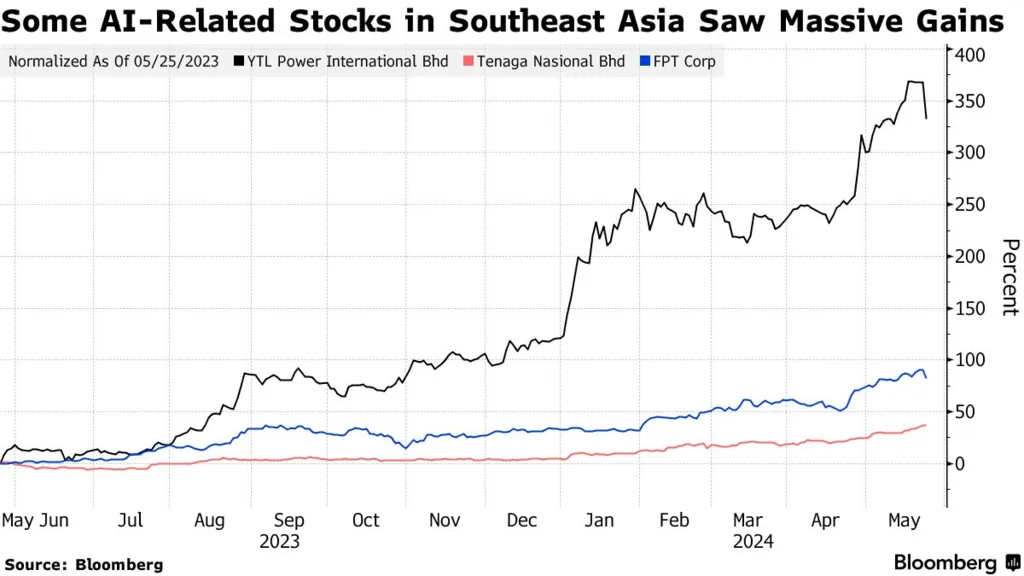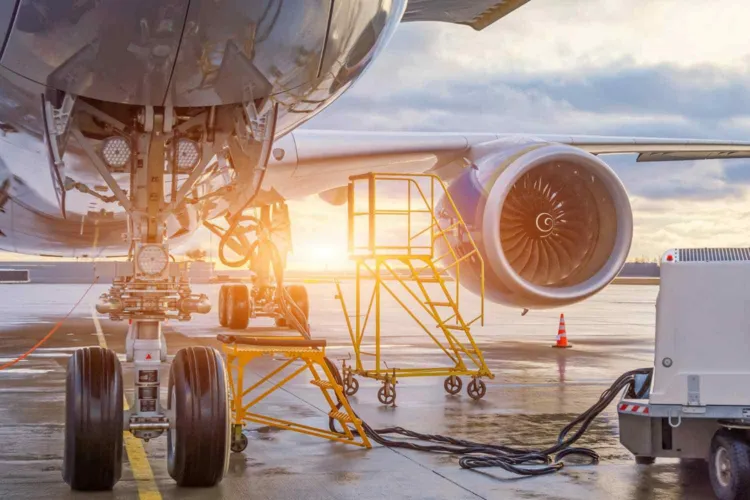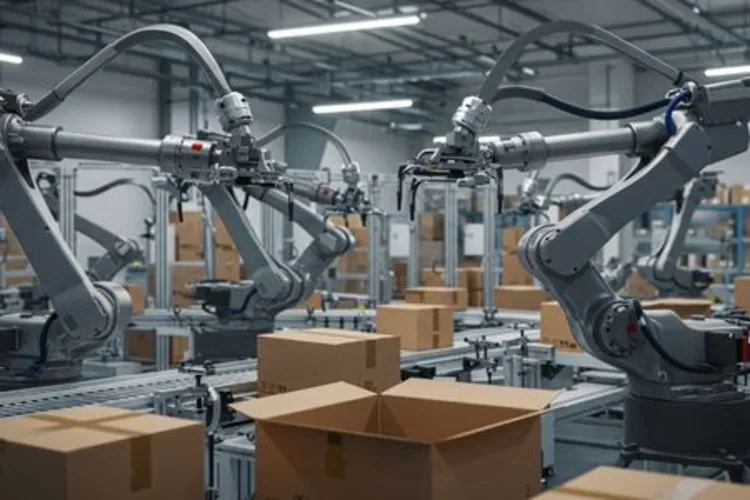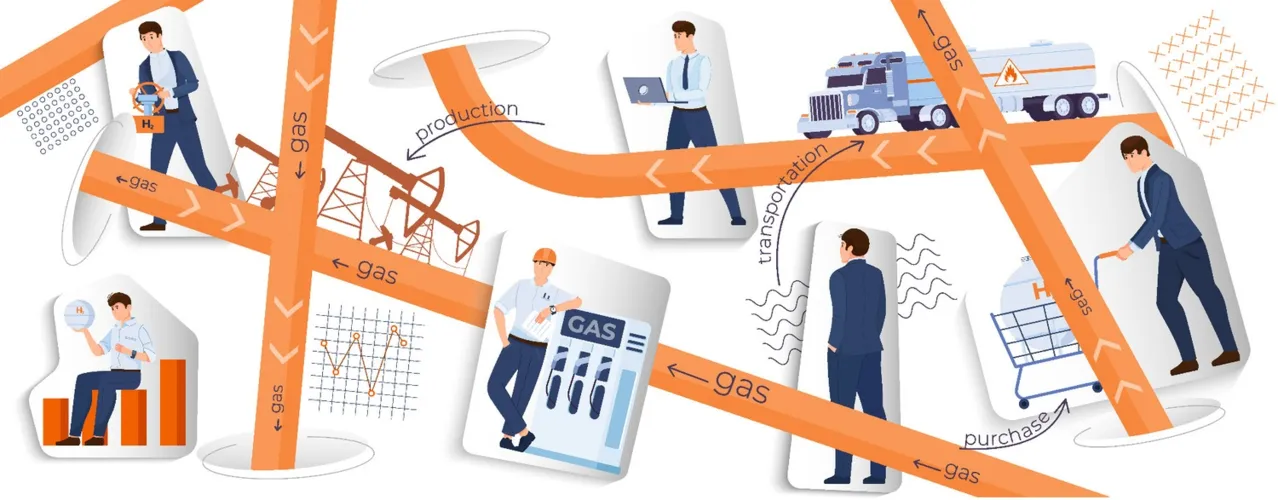Artificial intelligence is no longer a futuristic concept. Across the region, Southeast Asia Trade AI Disruption is changing how goods move, trade flows, and economies grow. Massive investments, rising adoption, and new infrastructure are fueling an unprecedented wave of transformation.

Billions Flowing Into AI Infrastructure
In 2024, Southeast Asia attracted more than US$30 billion in AI-related investments. Google pledged US$2 billion in Malaysia, while Microsoft committed US$1.7 billion in Indonesia. These moves were backed by additional large-scale projects across Singapore, Thailand, and Indonesia, where data center investments provide the backbone for digital trade.
The region’s AI market is expected to reach US$33.29 billion by 2031. With an annual growth rate of 26.25%, this pace confirms AI is now central to Southeast Asia’s economic strategy.
Read Also: Southeast Asia AI-Driven Trade Expansion: Boosting Cross-Border Trade
Southeast Asia Trade AI Disruption: Efficiency Through AI
AI-driven tools already reshape supply chains. Automated customs systems reduce paperwork and clearance times. Real-time logistics analytics and intelligent routing help both large firms and small exporters save money and avoid delays. By streamlining demand prediction and shipping routes, AI cuts costs and creates new opportunities for cross-border trade.
ASEAN estimates that AI could add 10–18% to regional GDP by 2030. That means as much as US$1 trillion more in economic output, much of it driven by faster, cheaper, and more reliable trade.
Meta-Analysis Confirms Trade Gains
Meta-analyses of AI adoption show a clear pattern: companies and economies that embrace AI trade more, and trade smarter. McKinsey Global Institute found proactive AI adopters generate nearly US$900 billion more in value than slower peers. For exporters in Southeast Asia, this translates into bigger volumes, faster delivery, and higher margins.
Yet, adoption remains uneven. Only 47% of online businesses in the region use AI tools. This gap highlights untapped potential. Wider adoption could multiply trade volumes far beyond today’s levels.
National Strategies and Regional Leadership
Singapore has committed US$70 million to build AI-ready facilities and regional language models. This strengthens its role as a hub for digital trade. Other nations are following with their own strategies to attract investment and improve competitiveness.
National policies combined with private sector backing ensure AI adoption will not remain isolated to a few big firms. Instead, it is set to spread across industries and countries, building a more integrated regional trade system.
A Balancing Act: Opportunities and Challenges
Southeast Asia Trade AI Disruption offers both opportunities and risks. The rapid pace of investment signals confidence, but adoption rates show challenges remain. Smaller firms often lack resources to implement AI solutions, and gaps in digital skills could slow progress.
Still, the trajectory is clear. Infrastructure is in place, foreign capital is flowing, and regional governments are aligning policies to encourage AI-powered trade growth.
Read Also: The Southeast Asia AI Market Growth to Double by 2030
The Road Ahead for Southeast Asia Trade AI Disruption
Southeast Asia Trade AI Disruption is no longer an idea, but something that is happening now. With projected growth to US$33.29 billion by 2031, and billions already invested in infrastructure, AI is becoming the core of trade transformation. If adoption expands beyond the current 47% of businesses, the region will unlock even greater trade volumes and solidify its role as a global trading powerhouse.







